Starting a winery is not easy, nor is it quick. You can, of course, buy grapes from local farmers or even ship in whole bunches of any grape variety of your choice from across the globe. But if your name is Bruce Murray, President of Boundary Breaks, taking the short easy route was not an option.
Boundary Break’s 18 total acres of vineyard land was planted from scratch. A 4-foot tooth was used to tear up the ground to allow a deep rip of the earth so the precious new Geisenheim clones could eventually grow deep roots. While their soils are generally uniform, the heavier clays retain water. Drainage tile (plastic drainage pipes) were planted 4-feet below the soil surface to compensate. Bruce expects it to take 20 years for the wines to dig down 4-feet to the water. Vine rows were laser planted, considerably more expensive initially but allows cheaper production. The laser-straight rows allows Boundary Breaks to automate as much as possible, especially during leaf removal to expose fruit bunches to greater sunlight. Imagine removing vine leaves one-by-one for 10,000 vines.
We met Bruce Murray at his intimate home and tasting room on November 13th. It was finally the first snow of the season, eventually accumulating several inches. Bruce, who doesn’t mind the cold seasons, wanted to move into the area and he thought “What do people do in the area?” “They grow grapes, and they grow Riesling.” Previously not a big Riesling consumer, Murray had his first “Aha” moment 10 years ago at a Thai restaurant where aDönnhoff was paired perfectly with the spicy cuisine. He knew at that moment, he wanted to bet on Riesling.
As you drive down Potter Covert Road towards Lake Seneca you view laser-straight rows of vines on both sides of the road. 12 acres are planted north of the road, and 6 acres south. 14 acres of Riesling, 2 acres Gewurztraminer, and 2 acres total of experimental Merlot, Cabernet Sauvignon, and Cabernet Franc planted in 2013. Murray’s goal is to produce a Meritage blend with the same practices of their Riesling – leaf thinning and heavy fruit dropping. In it for the long haul, Murray expects his red blend to be ready by 2019-2020; first harvest in 2015 plus several years ageing.
2011 was Boundary Break’s first vintage, a relative newcomer in the Seneca Wine Trail. So what makes them different from the hundred other Riesling producers? Boundary Breaks is committed in the vineyard and single clonal wines. They specifically planted top quality Geisenheim clones #239, #110, #198, and #90. For a thorough report of the origin of clones, their differences, and effects of vine infection from the Geisenheim Research Centre click here.
According to Murray, single clone wines are not necessarily better; it’s that they took the care to bring the same fruit from vineyard all the way to bottle. They tried to be very careful on which clones were planted, how they are harvested and managed. 2 acres are entirely planted with clone #239, the clone most widely planted in the Finger Lakes. According to vineyard manager Kees Stapel, “It’s a very reliable clone, retains acid well, and prefers dry styles.” “The vine is on the higher vigour end and can get a decent amount of fruit ripe compared to other clones where you have to drop a lot of fruit to achieve ripeness.” The 2013 Dry Riesling Clone #239 was dry with elevated acidity and body. Strong aromas and flavours of petrol, mineral, and wet stone underlaid with white peach and citrus.
Clone #239 also has very good disease resistance, unless you are talking about their biggest pest, Deer. The deer are very aggressive in the area. Riesling is less attractive to wildlife but deer eat the entire vine shoots. Gewürztraminer and red varietals are very attractive to deer, raccoons, possums, and birds. An entire week is dedicated to netting the vines, nearly 300 pieces of rope per row!
Their 2012 Ovid Line North Riesling is a blend of all 4 clones, #239, #110, #198, and #90. The off-dry style had the most complexity – lime, jalapeno, florals, honeysuckle, and mango with their strong signature petrol and wet stone minerality. The uniqueness of 2012 shows through as temperatures were much warmer than usual.
In contrast to the philosophy at Hermann J. Wiemer where they strive for a small vine with low yields, Stapel looks for a big vine, higher vigour, with lots of fruit. During ripening Stapel drops an extreme amount of fruit to achieve optimal ripeness and high quality, 20% of total production. In 2014 they dropped 15,000 buds worth of fruit.
Their 2012 Single Clone #110 was an off-dry style with strong acidity. Again, strong signature of wet stone and petrol but primary aromas of more lime, pear, and raspberry.
Single clone #198 is Bruce’s attempt to replicate that Dönnhoff he had 10 years prior. Whole cluster pressed with a long fermentation. Comparable to the German Spätlese style, you can taste a wine that will last the ages. Very restrained with high acidity and body, off-dry with ample amounts of minerality, petrol and wet stone, with citrus woody notes. There are not many examples of Finger Lake Rieslings aged 10 to 20 years, but the 2012 will surely last the test of time (and at an amazing $16.99 per bottle).
Saved for last was their 2012 Single Clone #90 Late Harvest Riesling. Generally they prefer Botrytis in their wine but ultimately each vintage is different. There is a fine line before the positive effects of Botrytis turn into negative aromas and flavours. Medium-sweet on the palate with raisin, prune, earthiness, plum, red cherry, and again, their strong signature of wet stone and minerality.
Bruce and his team have the beginnings of something very special with Boundary Breaks. In a matter of only 3 years, they are producing some of the best examples of high-quality terroir-driven wines around Lake Seneca. It’s a humbling experience sitting down and talking with producers who are committed to the future – 7 years before their Meritage blend will even hit the market. Until then, we’ll have to settle with drinking their exceptional Single Clone Riesling. What a shame…
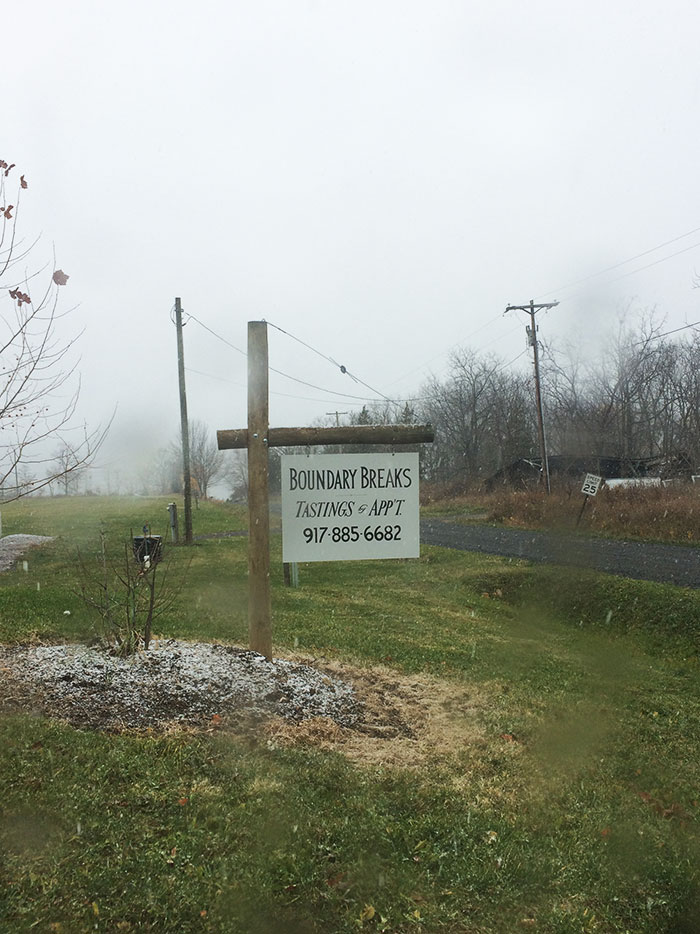
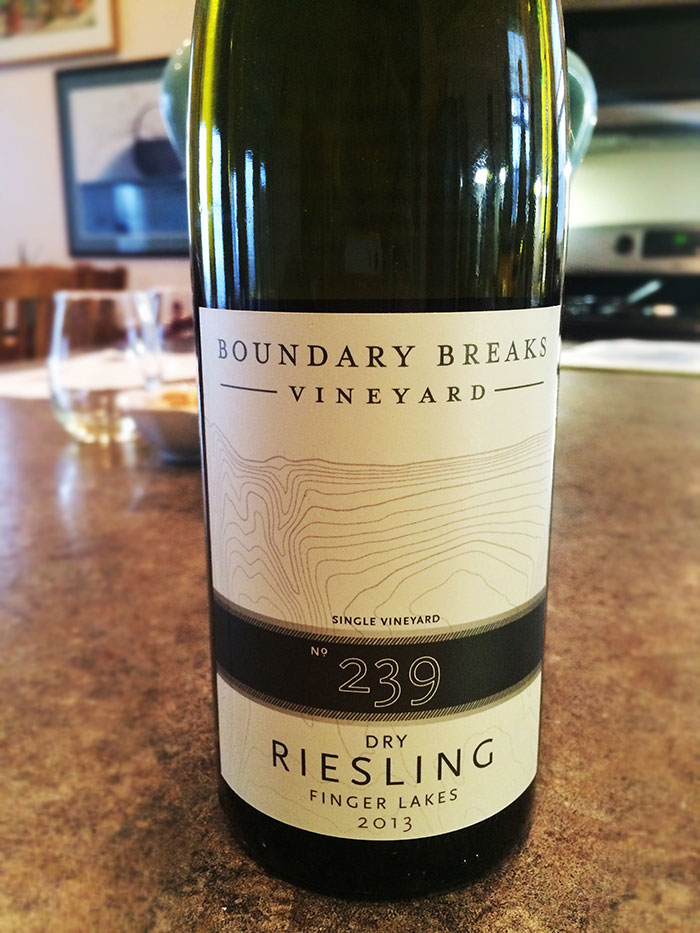
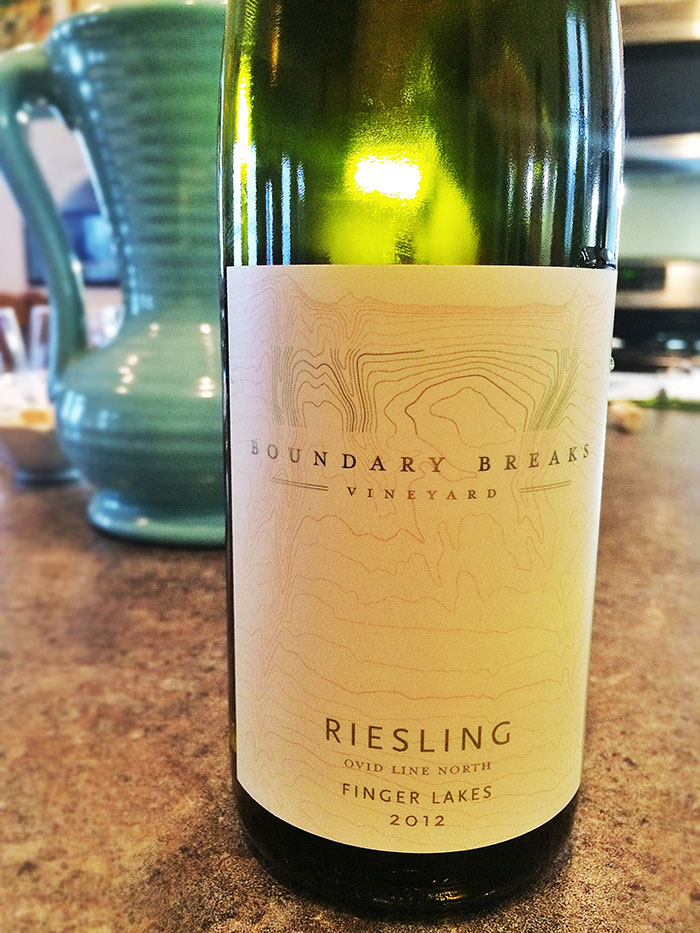
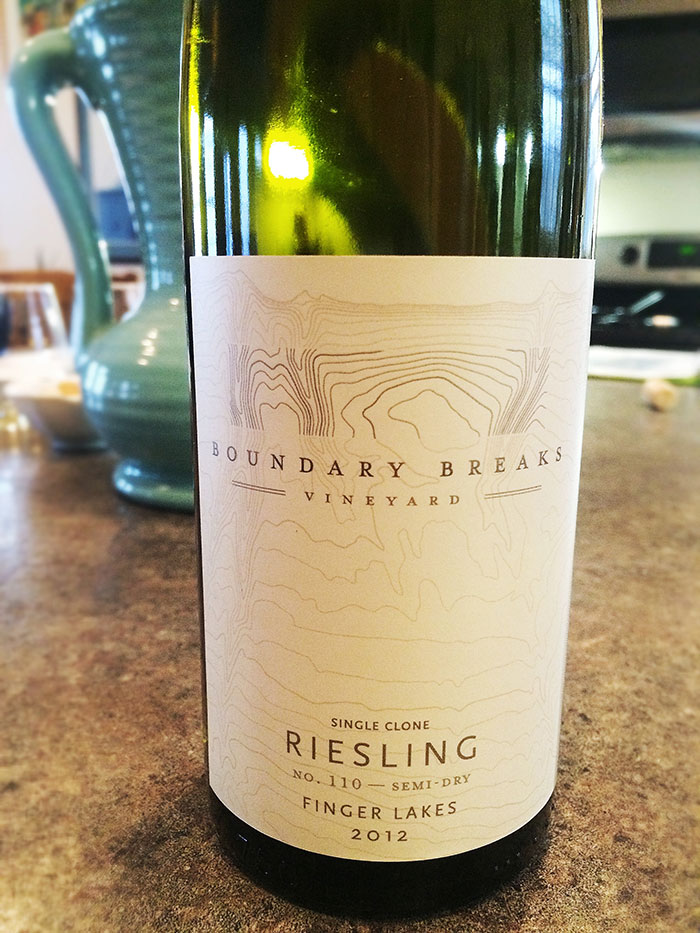
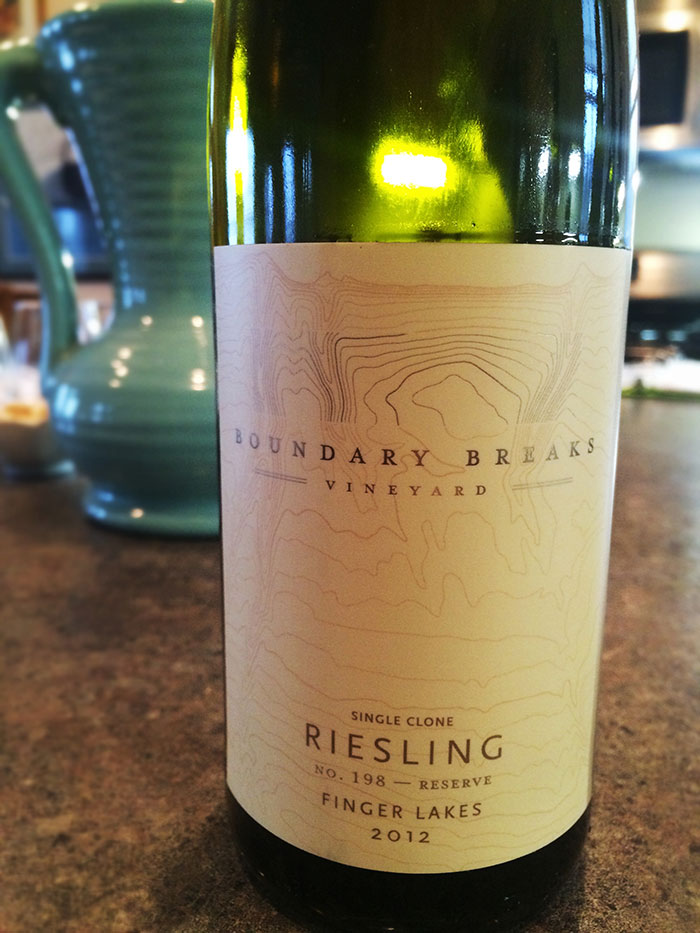
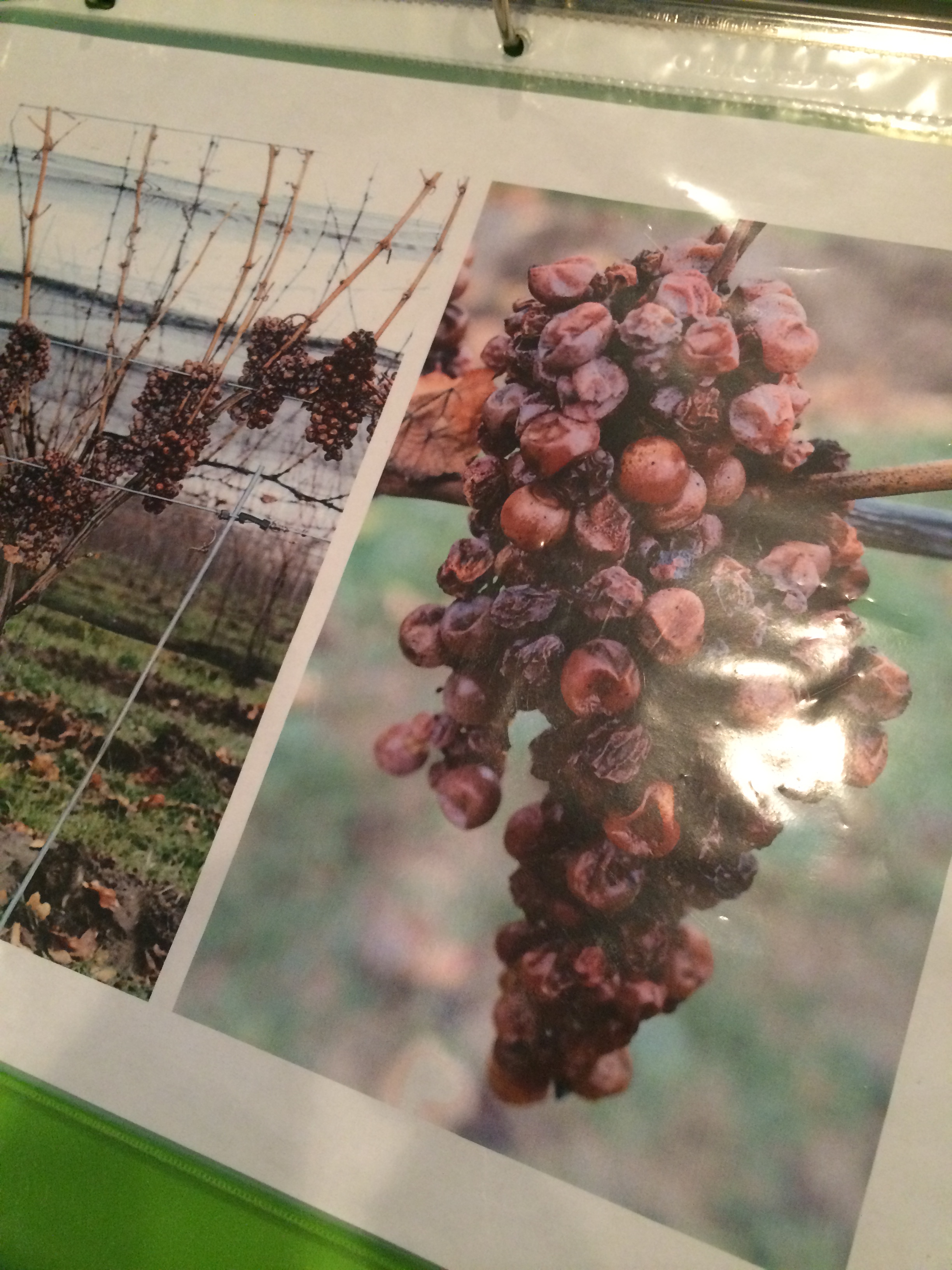
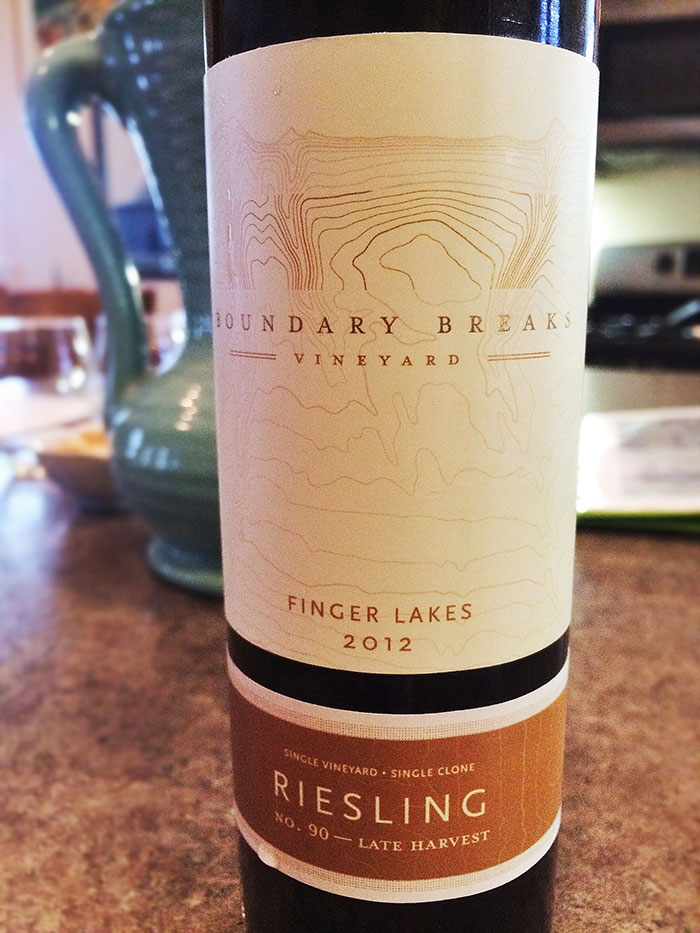
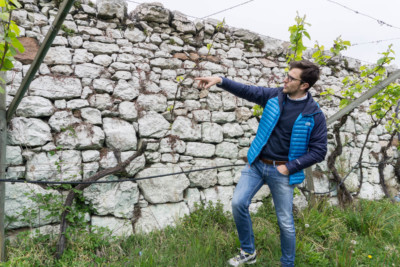

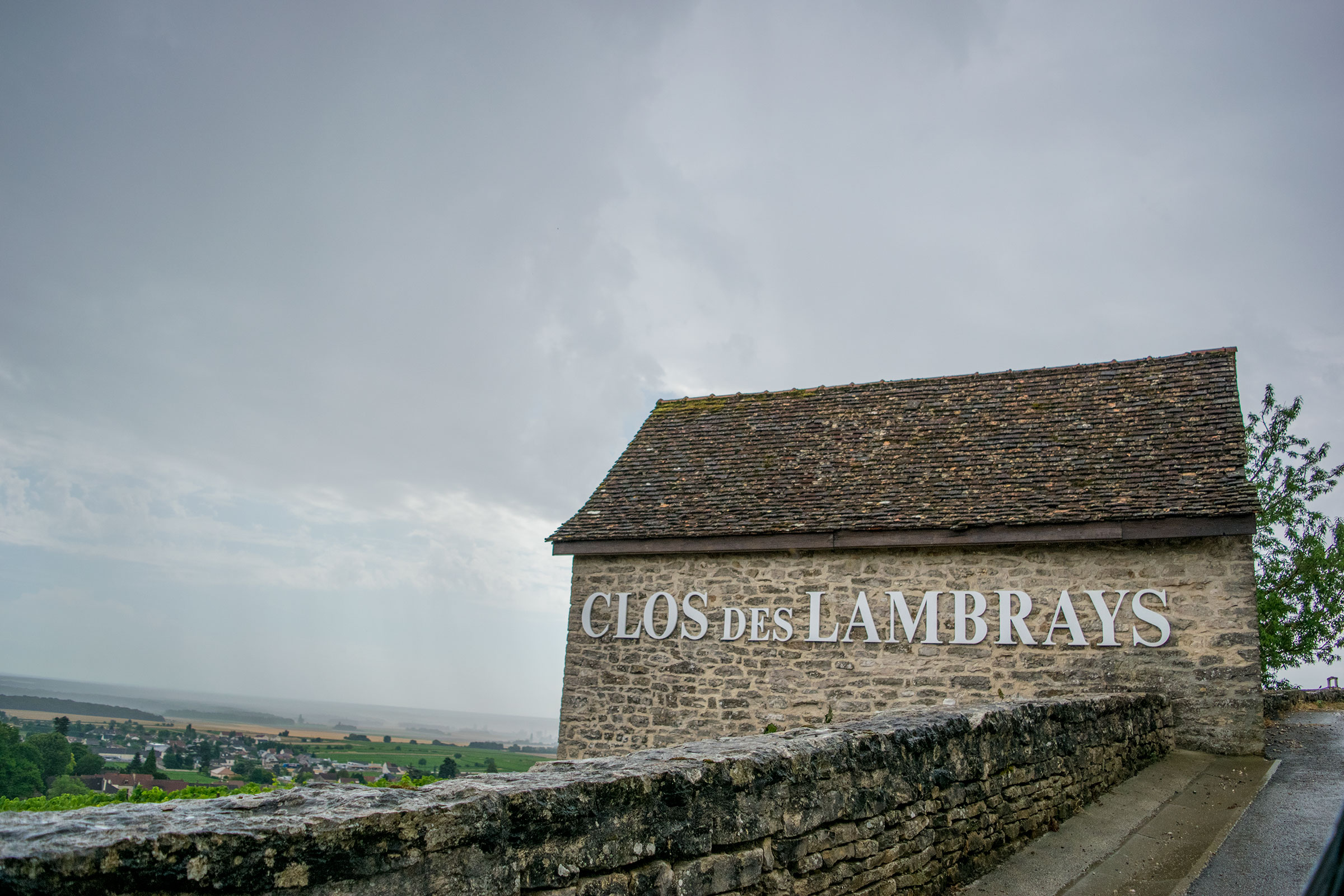
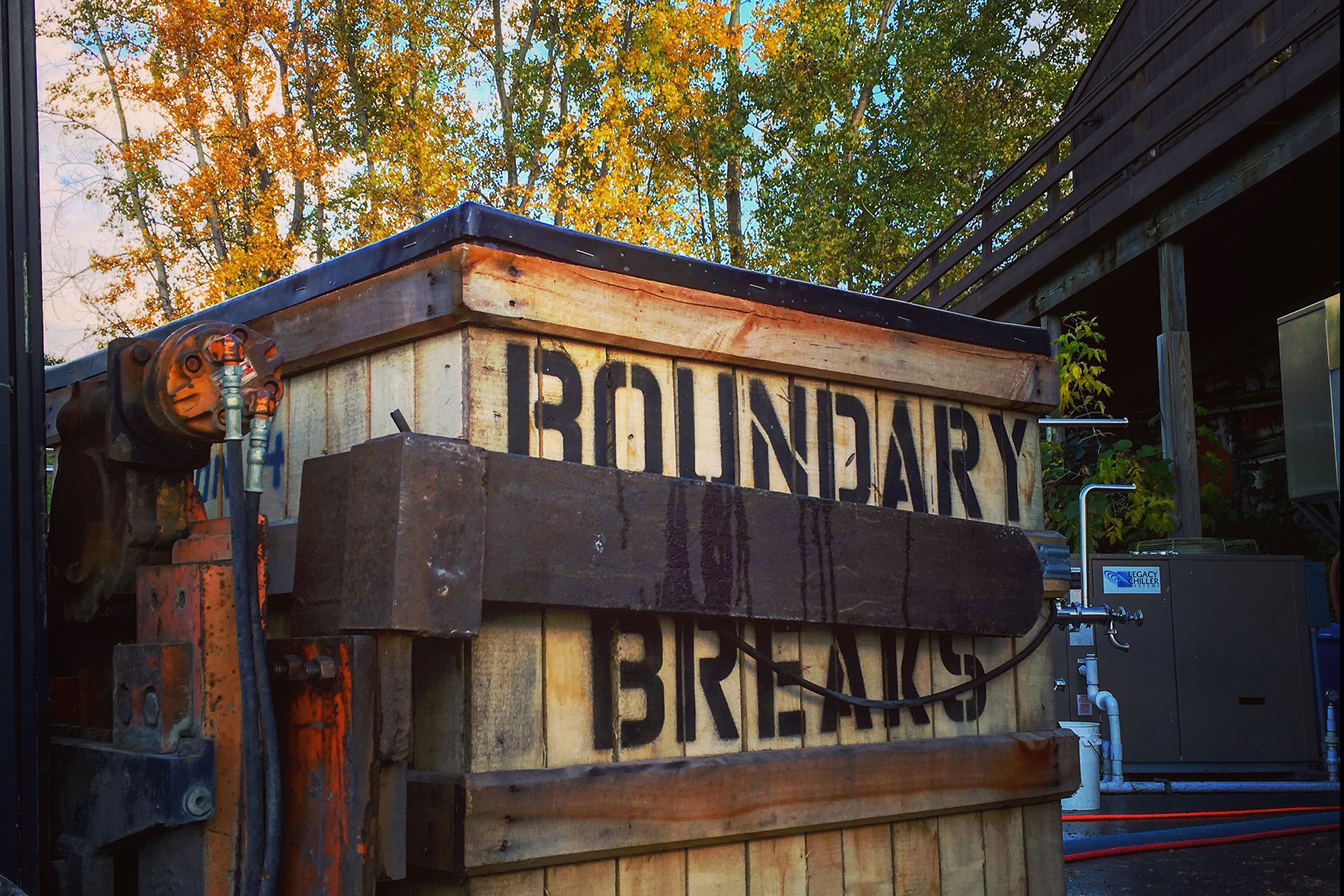
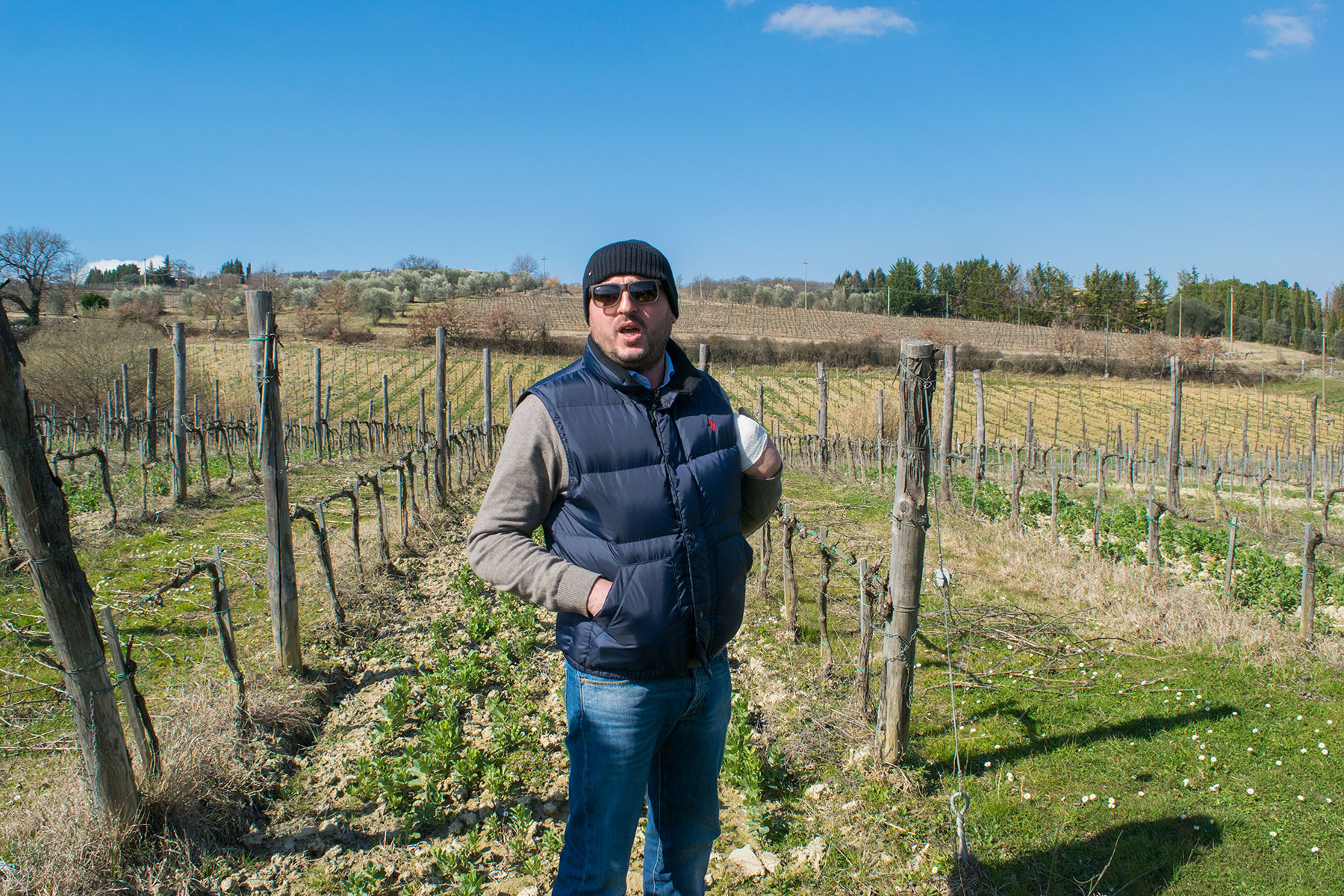
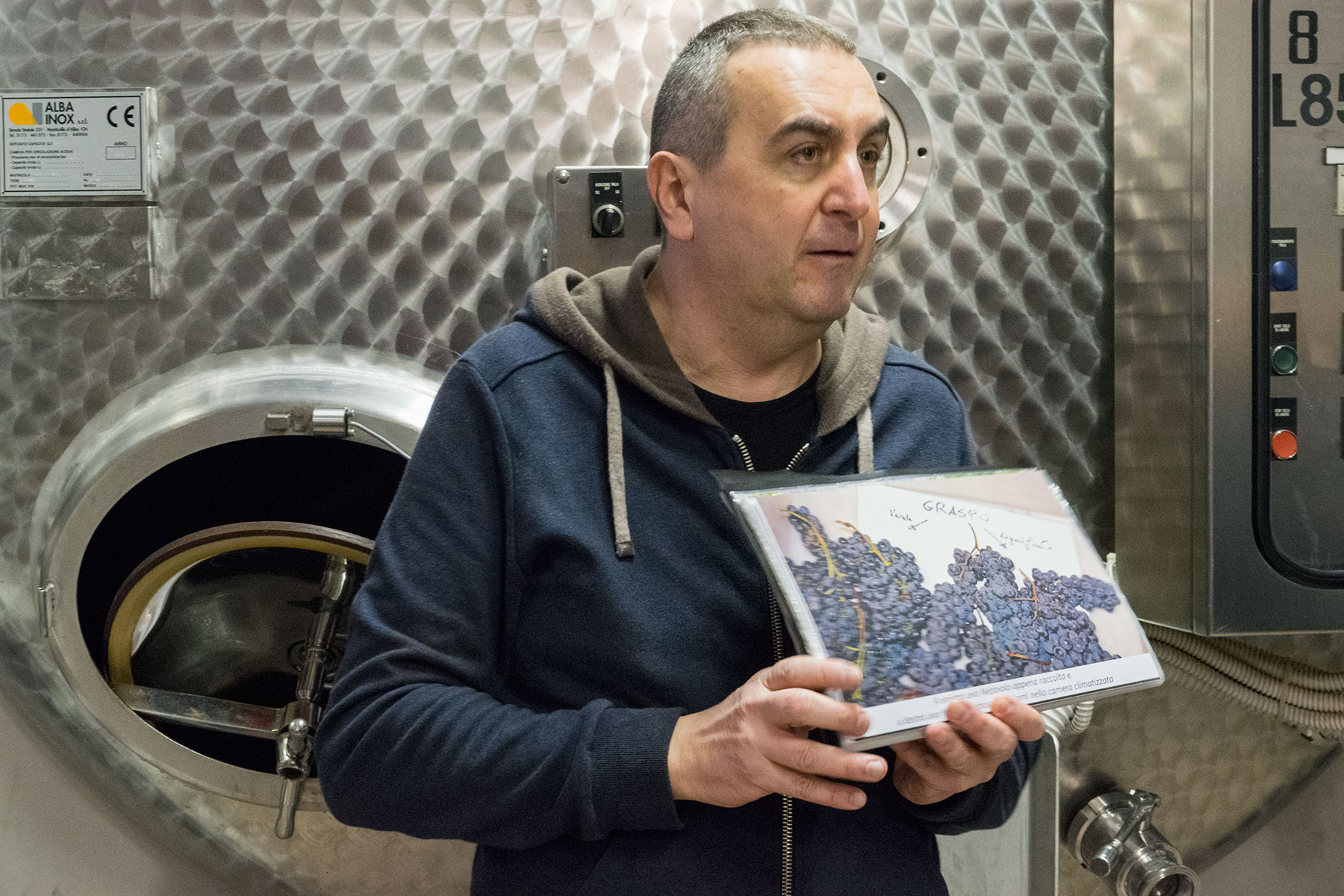
Leave A Comment
You must be logged in to post a comment.